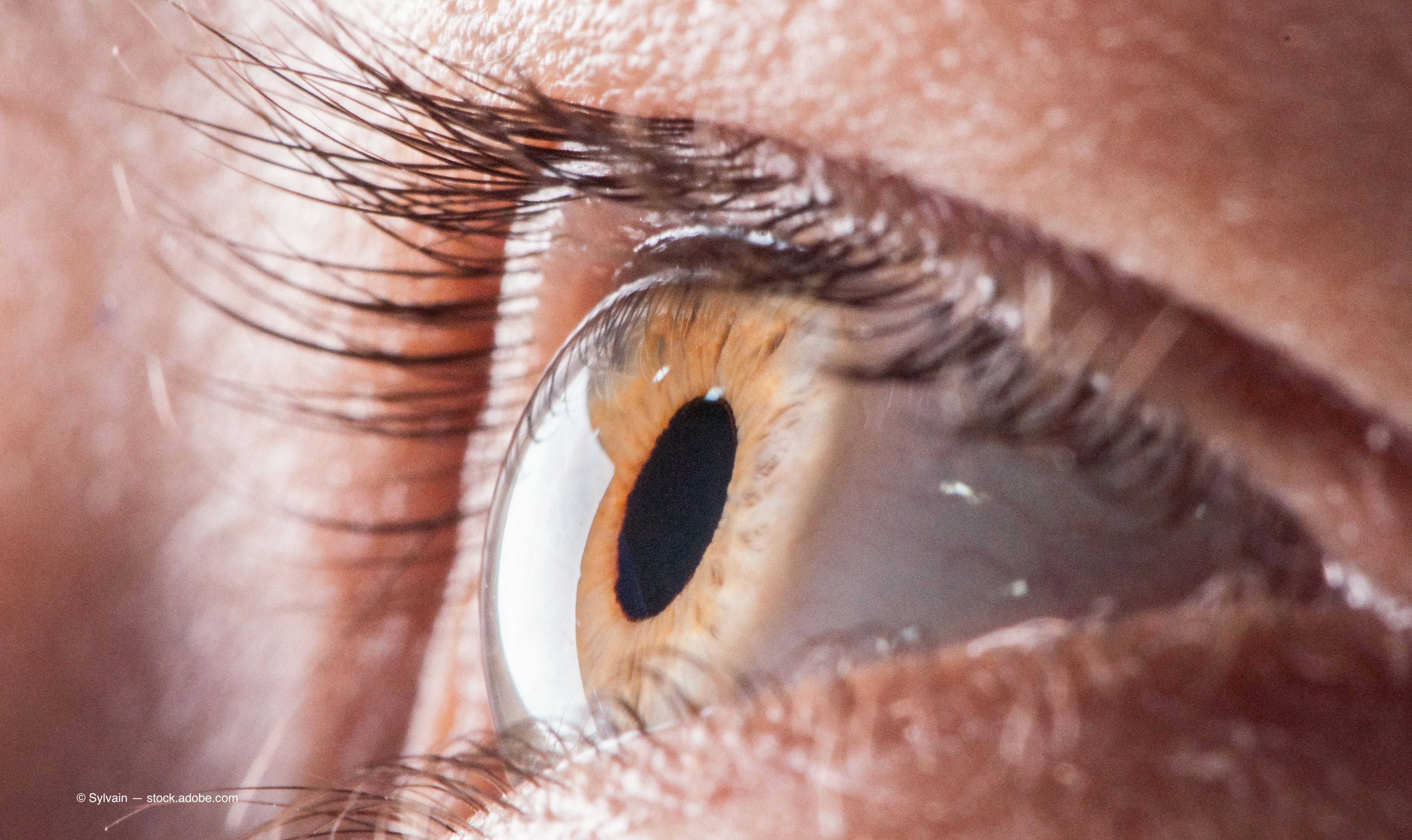Article
Oxurion announces top-line results from Part A of Phase 2 INTEGRAL trial evaluating THR-687 for treatment of DME
Author(s):
According to the company, the trial did not demonstrate efficacy on the key clinical endpoints and will not advance THR-687 to Part B of the trial. As a result, Oxurion will now shift its focus to the Phase 2 development program for THR-149, which recently demonstrated a compelling safety and efficacy profile for the treatment of patients with DME.
Oxurion NV today unveiled top-line results from Part A of its Phase 2 trial of THR-687, an integrin antagonist, for the treatment of diabetic macular edema (DME).

According to the company, the Part A data showed THR-687 to be safe and well tolerated with no serious adverse events and none of the patients required rescue medication through Month 3, however, there was insufficient evidence of efficacy on the key endpoints (best-corrected visual acuity and central subfield thickness). As a result, Oxurion has decided not to advance THR-687 to Part B of the INTEGRAL trial.
As a result, the company said in a news release it is now focused on THR-149 which recently demonstrated a compelling safety and efficacy profile in patients with DME in the first part of the two-part Phase 2 KALAHARI trial. Part B of that trial is currently enrolling patients in the US and Europe.
The INTEGRAL trial is a two-part, randomized, prospective, multicenter trial assessing multiple injections of THR-687 in treatment naïve DME patients. The Part A endpoints were safety (n = 16) and efficacy (n = 14), with two dose levels of THR-687 (1.2mg and 2.0mg) each administered in three monthly IVT injections. Patients are being followed-up until month six of Part A of the trial, and we look forward to presenting the full data set at an upcoming medical conference.
“We are disappointed that the top-line results in the dose selection phase of the INTEGRAL trial did not meet the key efficacy endpoints, despite promising data in the Phase 1 trial,” said Arshad M. Khanani, MD, MA, director of clinical research at Sierra Eye Associates in Reno, Nevada. “Novel mechanisms, like THR-687 and THR-149, remain an important opportunity to address the significant unmet medical needs for our patients with DME. Following the impressive data presented at Angiogenesis this year from the Phase 2 Part A KALAHARI trial for THR-149 in DME, I am looking forward to seeing the Part B data expected next year."
Tony Graney, CEO of Oxurion noted that while the company had hoped for a better outcome for the patients in the INTEGRAL trial, the company remains committed to developingnew treatments to address the substantial unmet needs that remain in retinal diseases.
“We are excited about the potential of THR-149, a potent plasma kallikrein inhibitor, to provide a novel, first-in-class therapeutic for the up to 50% of DME patients who suboptimally respond to the current standard of care and have limited treatment options,” he said.
Graney added that the company hopes to share the topline results of Part B of the Phase 2 trial in mid-2023.
“As we discontinue our development of THR-687, we will explore potential partnership opportunities for the asset,” he said. “Additionally, we are undertaking a thorough review of our capital and resource allocation plans to ensure that they are aligned with our objective of maximizing value creation for all stakeholders.”
Newsletter
Don’t miss out—get Ophthalmology Times updates on the latest clinical advancements and expert interviews, straight to your inbox.




